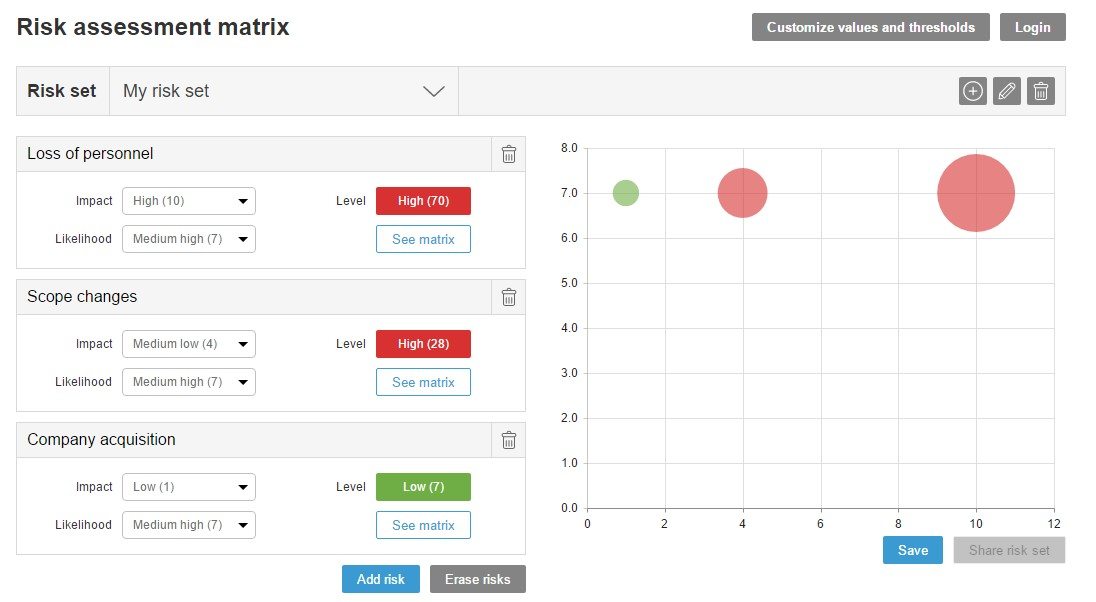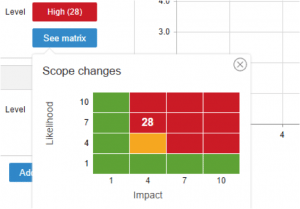 Making organizational changes in any process, work methodology or project management system is, in itself, a very difficult project to manage. When it comes to internal management, the cost of a failed project is very high, so the margin of error is small. To make matters worse, the response of the people involved in the process makes it difficult to predict and difficult to design change plans that are followed closely.
Making organizational changes in any process, work methodology or project management system is, in itself, a very difficult project to manage. When it comes to internal management, the cost of a failed project is very high, so the margin of error is small. To make matters worse, the response of the people involved in the process makes it difficult to predict and difficult to design change plans that are followed closely.
In fact, it is common for any change, that is outside the organizations’ comfort zone, to cause diverse attitudes among workers and managers, making it difficult to contribute to change in a coordinated and organized way.
Some of these attitudes could be summarized in the following sentences:
-
"Our employees are prepared for change in the organization, there is nothing to worry about."
-
"Our company is different. Team members will be able to follow directions while exercising their autonomy. So it is not necessary to intervene in the management of change. They, know how to act better than anyone else."
-
"Things are fine as they are. The changes you want to introduce mean an additional workload that adds to what we already have, so the change cannot be positive."
-
"Workers do not have to be involved in change. We have not even been involved in the choice of new software tools."
All these statements can be refuted with the right arguments. Next, we are going to analyze valid arguments to answer them.
Complementary training programs
Undoubtedly, all the workers in your company are qualified for the work that they perform, so they can take care of it. However, the introduction of new working methodologies requires additional preparation and a strategic vision. So it is desirable to have complementary training programs provided by the company both before the introduction of the changes and during their implementation. These training programs achieve a two objectives at once. On the one hand, they will help the change develop properly, without undertaking useless additional work, since the appropriate orientation will allow for all the efforts and dedicated time to be oriented to achieve an efficient change according to the established plans. On the other hand, providing this training during the change will increase the motivation of the workers.
It is important to learn from real cases in other organizations
The problems that arise in your company have probably been experienced in other contexts, especially if there are similarities in market niche, economic sector, technological development, and so on. Although each company is unique, there are common situations and frequent problems, especially towards certain challenges characteristic of business development. For example, internationalization has very different resistance to change from the introduction of performance evaluation, the opening of a new line of business or the acquisition of another company. In any case, there is no alternative to the analysis of comparable cases. With change management there is no room for experimentation. The successes or failures of other organizations will help avoid mistakes and in turn gain precious time.
Conformity is the main enemy of progress
To be able to improve it is necessary to be open to change. Undoubtedly, at the beginning all changes are an additional effort, but this is necessary to increase efficiency and productivity, essential requirements to remain competitive.
Workers are the main engine of the company...
...Those in charge of taking the company forward. If they don’t feel involved or motivated with the work they do and with the company, it is a serious problem that is above the difficulties to implement a system or project management solution. Regardless of the organizational model, workers must be motivated. Of course, an adequate motivation also contributes to the success in the implementation of any work system.
So what can we do when there is resistance to change management both by managers and employees? Here are some tips:
It directs the change towards a clear improvement
It identifies the main obstacles to growth and proposes a process of change that achieves more mature and robust management, with clear benefits.
Adjust the exchange rate to your corporate strategy and culture
Before any change, it is best to evaluate exactly its magnitude and where the efforts should be directed. There is nothing worse than making "changes in change", on the fly, because it generates a sense of distrust, of not knowing exactly what is being done, and produces demotivation of employees. If they have tried to change something, this change must appear to be definitive, it must seem that it has been done right at first. Improvising will convey a lack of leadership.
Explain what change really means
Probably, in the initial moments there is a certain resistance. It is normal and is simply based on a certain fear of any change that may occur. Explaining exactly the magnitude of the changes will help to reassure employees or managers and will predispose them to accept them to the best degree.
Demonstrates the advantages of new project management systems using data
If they understand that the change is necessary and that the return will be greater once they have been applied, they will be more willing to perform the initial overexertion.
Using these tips, managing change in your company will be much simpler. What are you waiting for to give a return to your project management?


 If you lead a consultancy firm in project management, odds are that things have been good for you in the last couple of years: the industry has recovered from the global recession in many sectors, and PM has rapidly grown as a management philosophy to expand beyond the niche areas of software development, construction and infrastructures. In fact, many of our best customers come from industries as different as financial services, insurance, healthcare, or the food industry.
If you lead a consultancy firm in project management, odds are that things have been good for you in the last couple of years: the industry has recovered from the global recession in many sectors, and PM has rapidly grown as a management philosophy to expand beyond the niche areas of software development, construction and infrastructures. In fact, many of our best customers come from industries as different as financial services, insurance, healthcare, or the food industry. One of the most frequent needs facing organizations that are looking to launch a PMO is the centralization of information and knowledge. When your e-mail begins to be used as a repository of documentation, or when there is no homogeneity between the sources of information of different projects, it is possible that the time has come to consider the existence of a structure that supports the operations of the organization.
One of the most frequent needs facing organizations that are looking to launch a PMO is the centralization of information and knowledge. When your e-mail begins to be used as a repository of documentation, or when there is no homogeneity between the sources of information of different projects, it is possible that the time has come to consider the existence of a structure that supports the operations of the organization.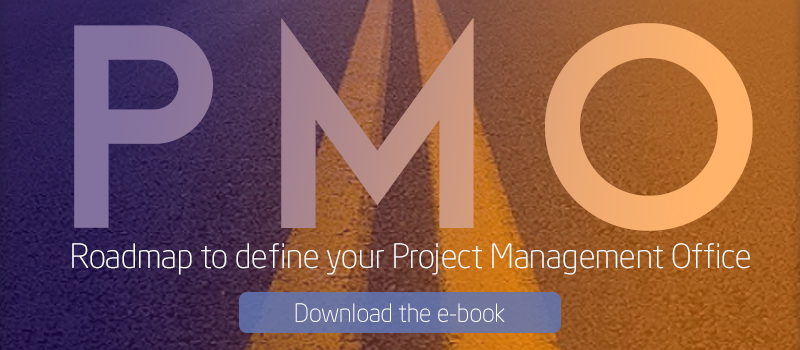
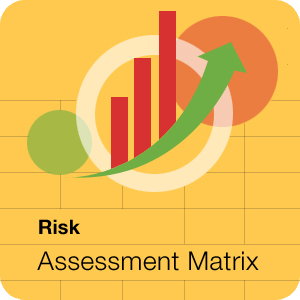
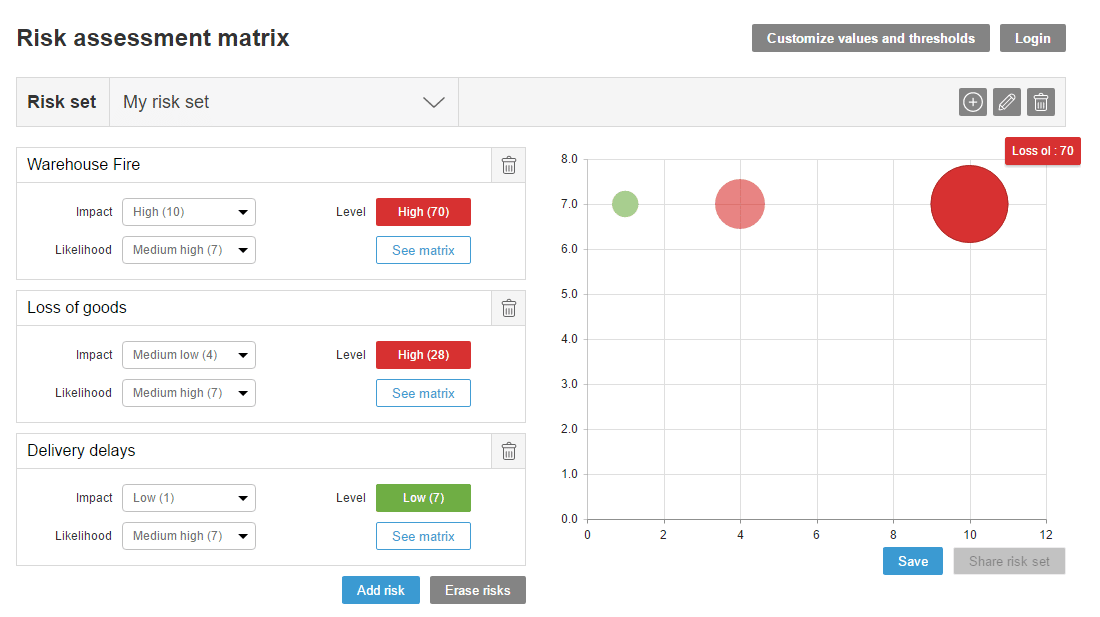
 Let’s face it, even if you have the utmost confidence that
Let’s face it, even if you have the utmost confidence that 